Description
The Kraków Barbican by Julian Falat printed on a Hoodie
About the Hoodie
Modern fit
It provides a more tailored look than a regular fit
Comfortable
The fabric and fit of this item are extra comfy
Tear-away tag
Easily removable tear-away tag that allows you to add a custom inside label
Premium quality
The product is made from premium, high-quality materials
Classic unisex hoodie with a front pouch pocket and matching flat drawstrings. The 100% cotton exterior makes this hoodie soft to the touch.
- 65% ring-spun cotton, 35% polyester
- Charcoal Heather is 60% ring-spun cotton, 40% polyester
- Carbon Grey is 55% ring-spun cotton, 45% polyester
- 100% cotton face
- Fabric weight: 8.5 oz./yd.² (288.2 g/m²)
- Front pouch pocket
- Self-fabric patch on the back
- Matching flat drawstrings
- 3-panel hood
- Tear-away tag
Julian Falat (1853-1929)
Julian Fałat was one of the most prolific Polish painters of watercolor and one of the country’s foremost landscape painters as well as one of the leading Polish impressionists.
Fałat first studied under Władysław Łuszczkiewicz at the Kraków School of Fine Arts, and then at the Art Academy of Munich. After several trips throughout Europe and Asia in 1885, Fałat compiled a collection of studies from his voyages which would become useful later in the development of his artwork. Themes typical of Fałat’s painting are Polish landscapes, hunting scenes, portraits, and studies from his voyages. In 1886, Fałat accepted an invitation from future German Emperor Wilhelm II to serve as court painter in Berlin.
Fałat died in Bystra Śląska on July 9, 1929. A museum in Poland, called Fałatówka, is devoted to him.
Out of his three children, Kazimierz (Togo) (1904–1981) continued to paint in watercolour.
Some works, having been looted under German occupation, very occasionally reappear in sales-rooms. In December 2010, two such paintings, “The Hunt” and “Off to the Hunt” were seized by U.S. authorities from auction houses in New York City. The works are to be repatriated to Poland’s National Museum of Art in Warsaw. Some later works by Julian’s son Kazimierz (Togo)(1904-81), produced in the same style after Togo settled in England (1947–), are largely in the hands of his later family.

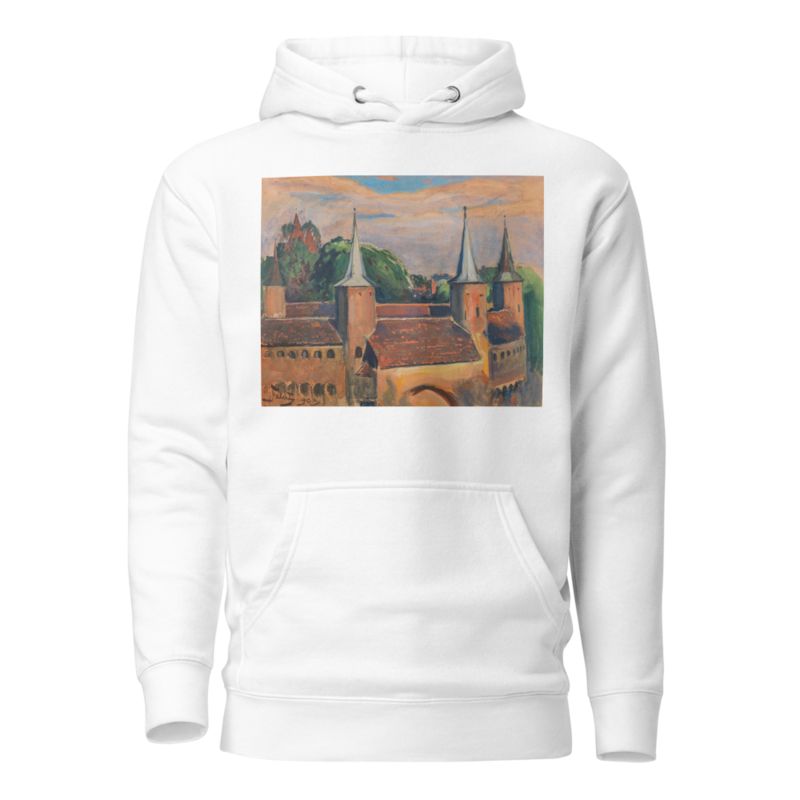
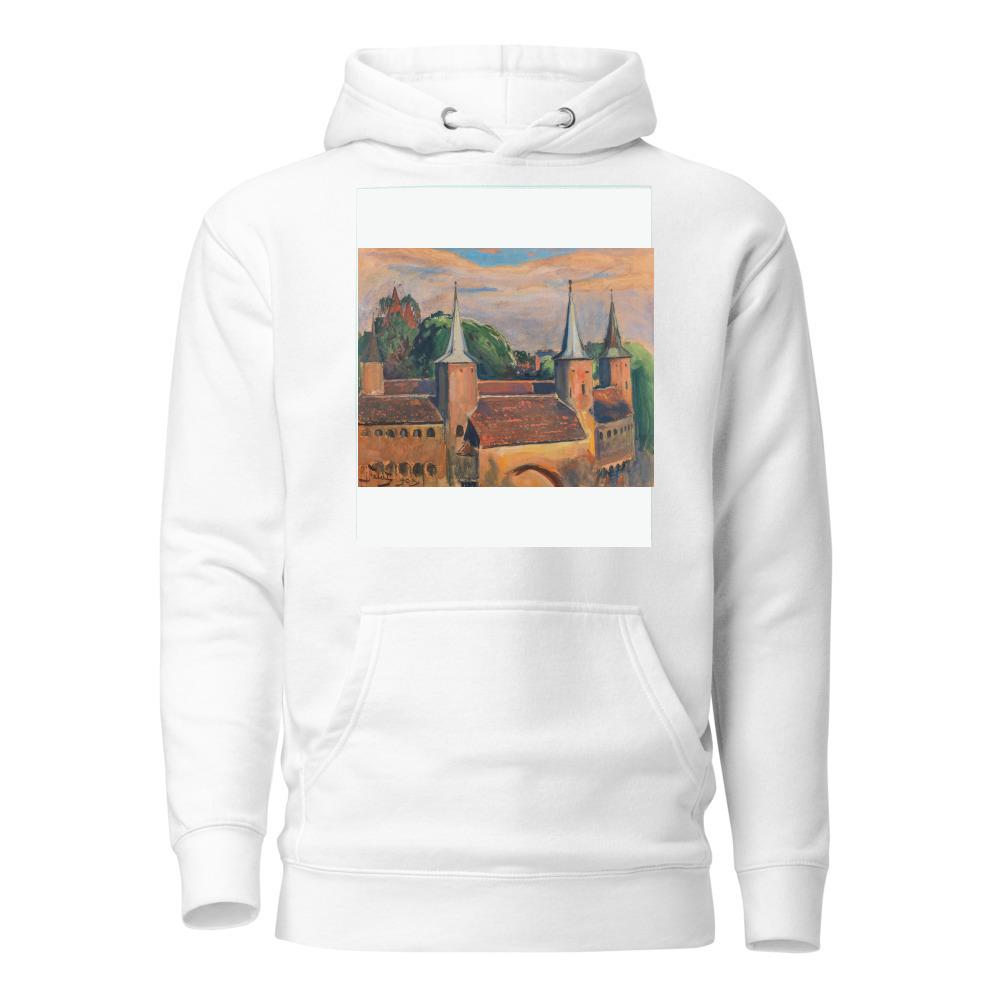
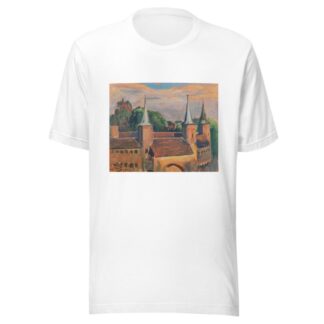
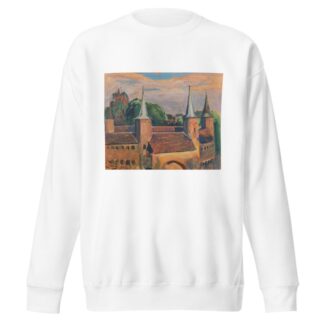
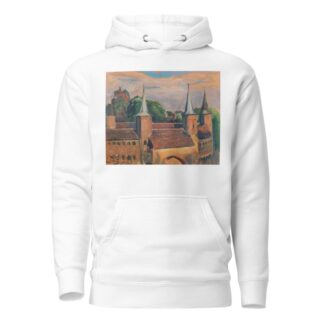
Reviews
There are no reviews yet.